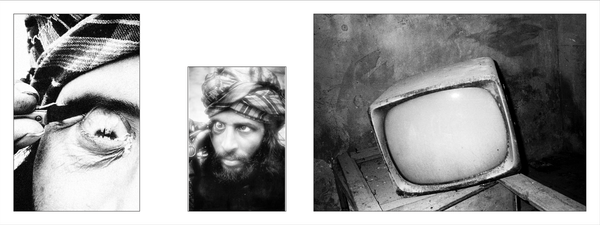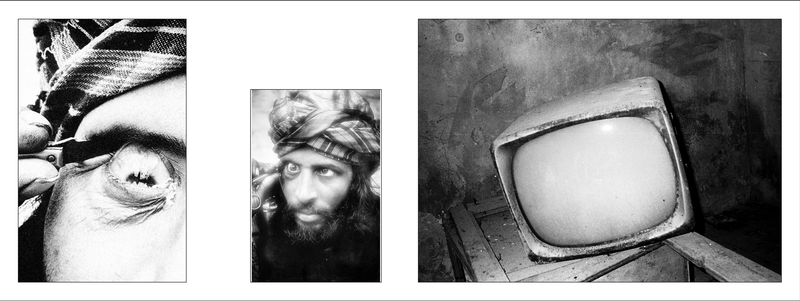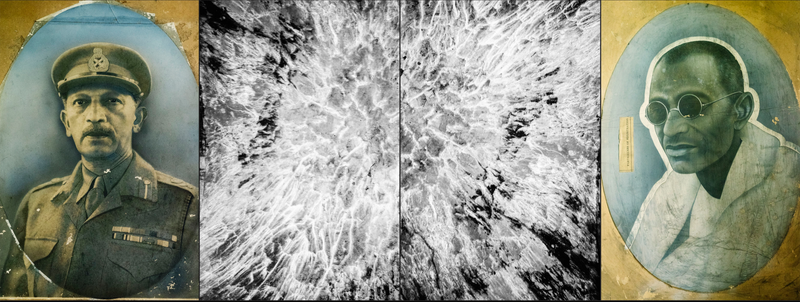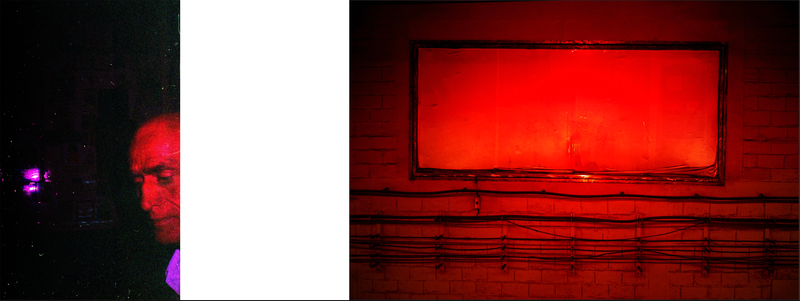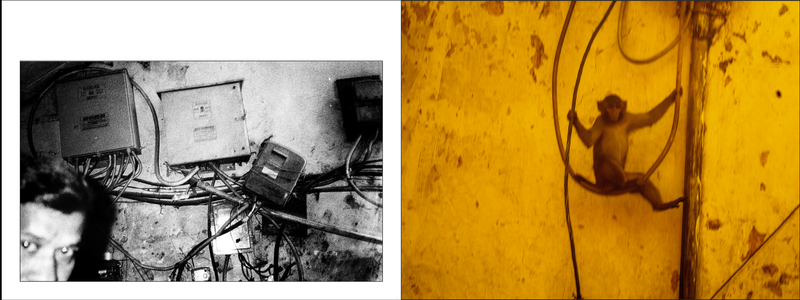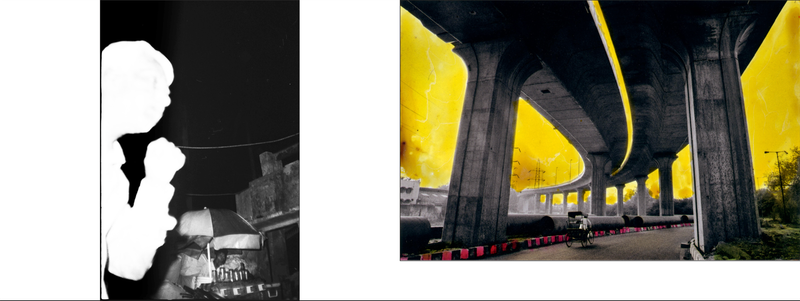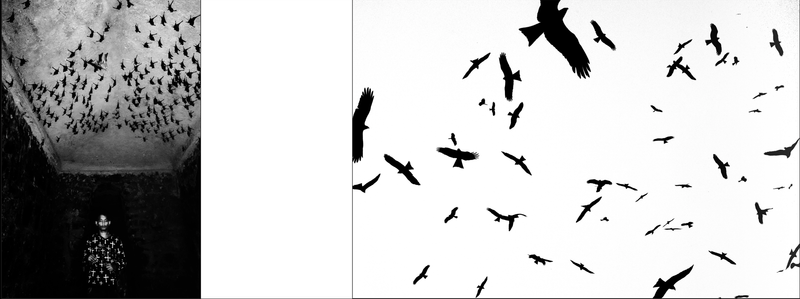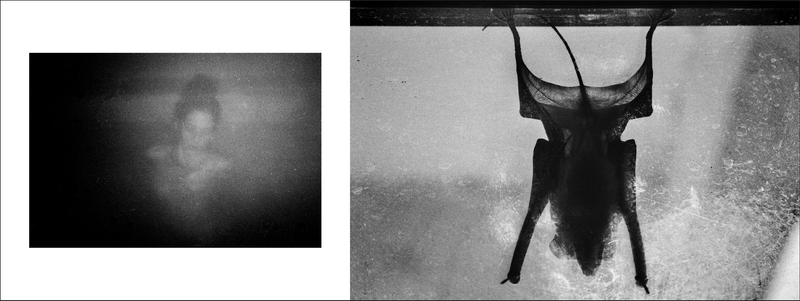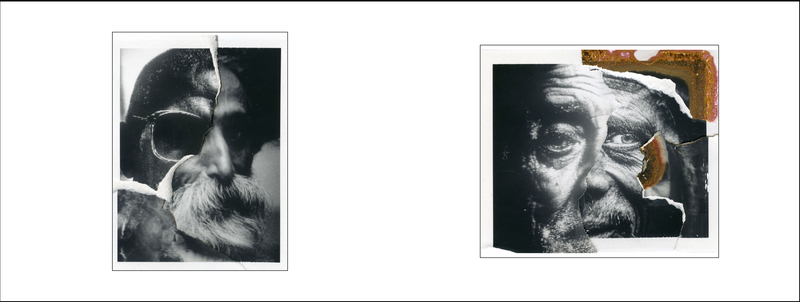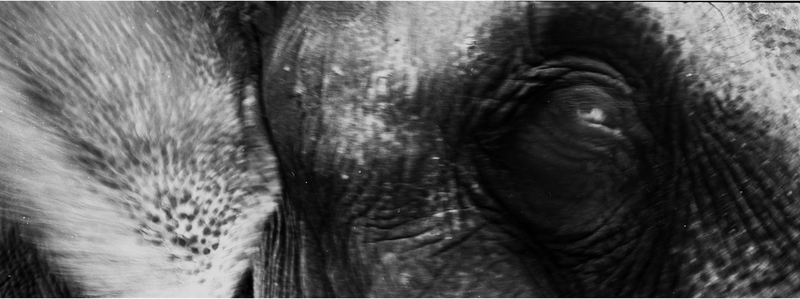DELHIRIUM
-
Dates2013 - Ongoing
-
Author
Delhi is the capital of India and a state in itself.
It is located at 28.61°N 77.23°E.
Delhi is one of the oldest cities in the world, and has been uninterruptedly inhabited since the 6th century BC. Delhi is made of 7 cities: in fact, it has been the capital of various kingdoms and empires. Every time, it was destroyed and rebuilt again, constantly reborn from its ashes, like a phoenix, yet keeping traces of its previous lives. In the folds of the city, the signs of its glorious pasts are still visible: the many lives of a city whose first traces date of a human settlement date back to 2600 BC.
Today New Dehi is a boundless and anarchic expanse of concrete called the National Capital Territory (NCT). New Delhi’s urban area is now considered to extend beyond the NCT boundaries, and include the neighboring satellite cities of Ghaziabad, Faridabad, Gurgaon and Noida in the area called the National Capital Region (NCR). It is hard to keep up with its frenetic physical and demographic growth. Every day new buildings pop up and old ones are demolished, the modern overlaps chaotically with the old, the Mughal or the colonial architecture.
The last census (10 years ago), New Delhi’s city proper population was over 11 million, while 16.7 million lived in the NCT (esteemed 20 million in 2020), in an area of 1484 square kilometers. The population of the NCR was around 46 million, and has likely grown over the past 10 years. Delhi population is predominantly Hindu with 81.68%, followed by Muslim with 12.86% and Sikhs with 3.4%. In Delhi all other represents below 1% are Christianity with 0.87%, Jainism with 0.99 and Buddhism with 0.11%.
The official languages spoken in New Delhi are Hindi and English, but Urdu and Punjabi are also widely used, as well as a myriad of other languages and dialects, expressions of the many communities that have settled here over the years. New Delhi’s population is a blend of the differences of India’s variegated social fabric. In Delhi you can find bits from all over India.
The capital has a GDP of 110 billion dollars - the second richest city in India - or 5,100 per capita, even if the differences are enormous. There are at least 150,000 homeless people in New Delhi and 750 slums and informal settlements, home to around 2 million people. There are 40 billionaires in the capital, but millions of people survive below the poverty line. It’s the city of the elites, of the corporates and the tycoons, but also a city of extreme misery and disgrace. It’s known and the “big, bad capital” and the “rape capital”.
The holy Yamuna River crosses the city: a placid and sinuous, dark brushstroke of 22 kilometers cutting it into two halves of concrete blocks. New Delhi dumps about 58% of its waste into the river, once dark blue and now one of the most polluted in the world. The city is one of the greenest capitals, yet one of the most polluted in terms of air quality. I lived in New Delhi for almost ten years, fascinated by a city that welcomes you and rejects you at the same time.
It is said that “Delhi belongs to everybody but no one belonged to Delhi”.
